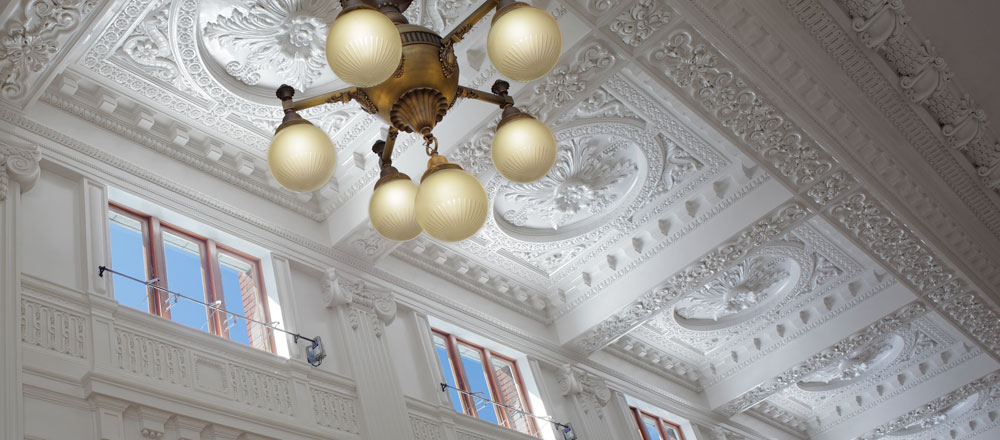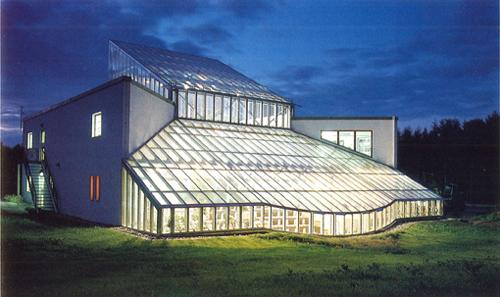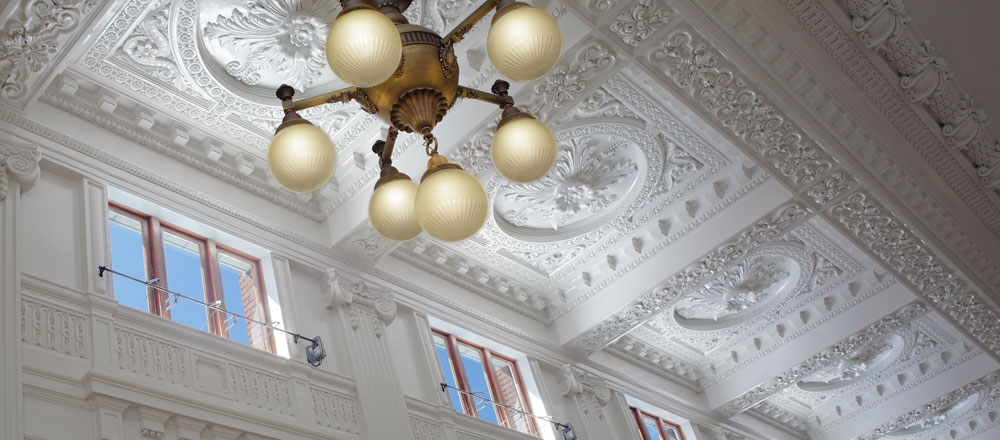Rehabilitation of King Street Station in Seattle

The rehabilitation of King Street Station restores historic 1906 architectural finishes, re-establishes the station as a modern transportation hub and capitalizes on materials and energy invested a century ago by reusing materials rather than replacing them. The project enhances public spaces, improves pedestrian and multi-modal connections in and around the station, and has served as a catalyst for additional redevelopment within the neighborhood. Securing the station for the future, the rehabilitation also included significant seismic and structural updates to improve the building’s safety and durability.
Architect: ZGF Architects
Location: 303 S Jackson Street, Seattle, WA 98104, USA
Architect: ZGF Architects
Location: 303 S Jackson Street, Seattle, WA 98104, USA
By the end of the 20th century, the King Street Station, which first opened to the public in 1906, had fallen into disrepair. With commute ridership on the rise, the renovation project sought to restore the building’s historic character and upgrade facilities to meet current and future transit needs.
To create a multimodal transportation hub, the 62,400-sq-ft station had to be brought up to modern code and standards, which required seismic and structural updates as well as major systems upgrades. The historic renovation involved reversing “modernization” efforts executed during the 1940s, 50s, and 60s, most notably removing a drop ceiling to expose the original ornate plaster ceilings in the grand waiting hall. The 45-foot ceilings required extensive restoration, which was done by craftsmen using historic techniques. Whenever possible original materials were rehabilitated and reused. Carrara marble and glass tile were sourced to match original materials where missing.
To create a multimodal transportation hub, the 62,400-sq-ft station had to be brought up to modern code and standards, which required seismic and structural updates as well as major systems upgrades. The historic renovation involved reversing “modernization” efforts executed during the 1940s, 50s, and 60s, most notably removing a drop ceiling to expose the original ornate plaster ceilings in the grand waiting hall. The 45-foot ceilings required extensive restoration, which was done by craftsmen using historic techniques. Whenever possible original materials were rehabilitated and reused. Carrara marble and glass tile were sourced to match original materials where missing.
The project also required the rehabilitation of a 12-story clock tower originally modeled after the grand Campanile di San Marco in Venice, Italy. The four clock towers were repaired, and at night their glowing faces illuminate the station.
The building has achieved LEED Platinum certification thanks to features such as natural ventilation and a ground-source heat pump that is anticipated to meet all of the station’s heating and cooling needs. Also, beyond its primary transit-oriented purpose, the station supports community connection with a new pedestrian plaza for outdoor community activities and events. The plaza was created by removing parking in front of the building. The renovation resulted in 30,000 square feet of mixed-use leasable space in the second and third floors of the station, which will bring further activity and vitality to the area.
The building has achieved LEED Platinum certification thanks to features such as natural ventilation and a ground-source heat pump that is anticipated to meet all of the station’s heating and cooling needs. Also, beyond its primary transit-oriented purpose, the station supports community connection with a new pedestrian plaza for outdoor community activities and events. The plaza was created by removing parking in front of the building. The renovation resulted in 30,000 square feet of mixed-use leasable space in the second and third floors of the station, which will bring further activity and vitality to the area.
The project has achieved LEED Platinum certification and received the 2014 AIA Institute Honor Award in Architecture.
Jury Comments
- An incredible transformation of an important civic landmark, and one that reinforces Seattle's commitment to sustainable design and to preserving our historical and cultural heritage.
- If the future of high-speed or sustainable travel involves trains, then this building successfully bridges the 20th century to the 21st and beyond.
- Not only was the existing building preserved, the interior features were restored after seismic upgrades, sustainable energy strategies were employed, defining ornamental plaster ceilings were uncovered, character restored, non-historic intrusions removed … It is a dream! This building is an amazing place.
Project data
Engineer - structural, MEP: ARUP
Engineer - civil: KPFF Consulting Engineers
Geotechnical: Hart Crowser & Associates
Acoustical design: Sparling
Lighting design: Pivotal Lighting Design | Affiliated Engineers
Engineer - structural, MEP: ARUP
Engineer - civil: KPFF Consulting Engineers
Geotechnical: Hart Crowser & Associates
Acoustical design: Sparling
Lighting design: Pivotal Lighting Design | Affiliated Engineers

